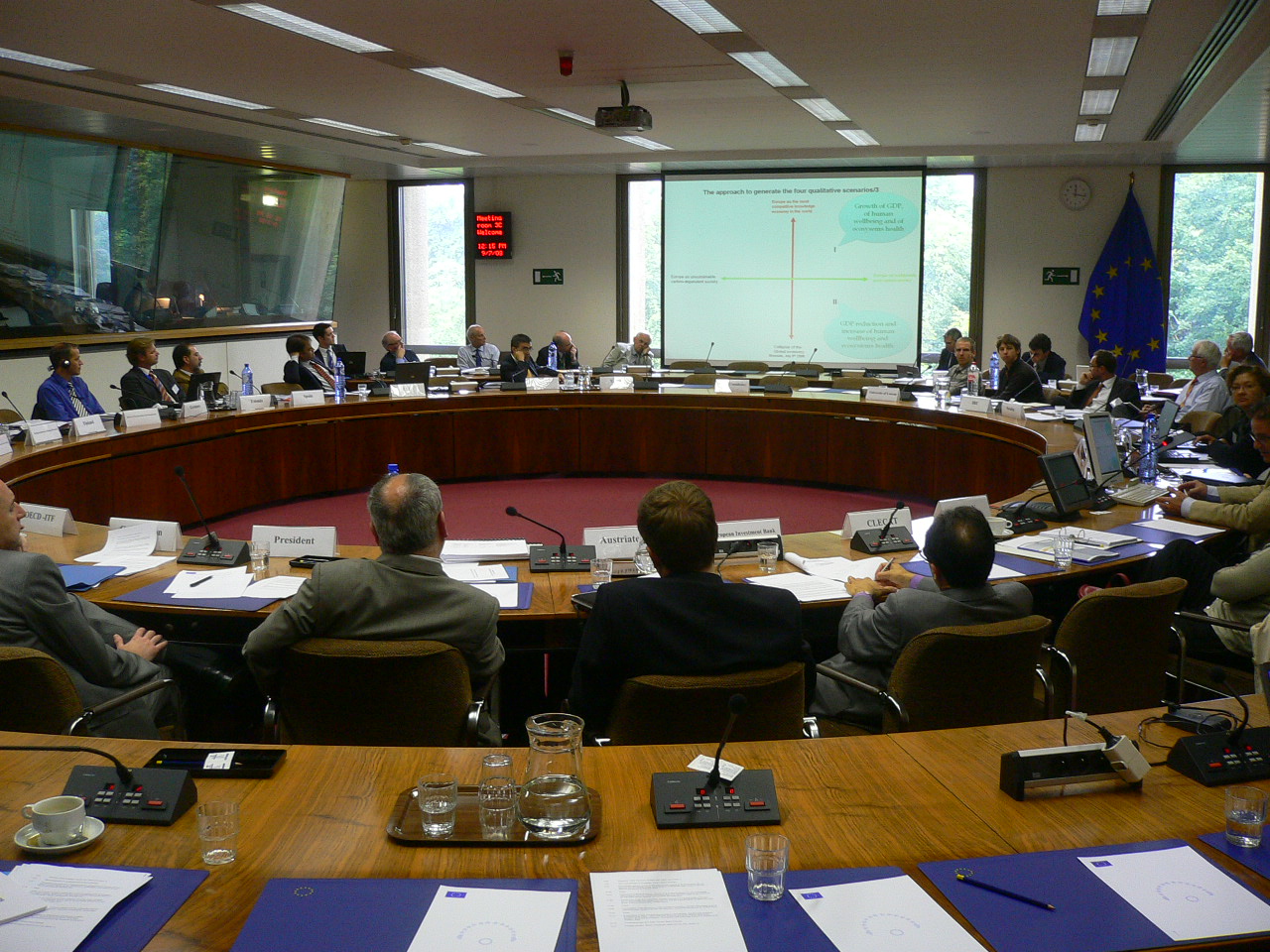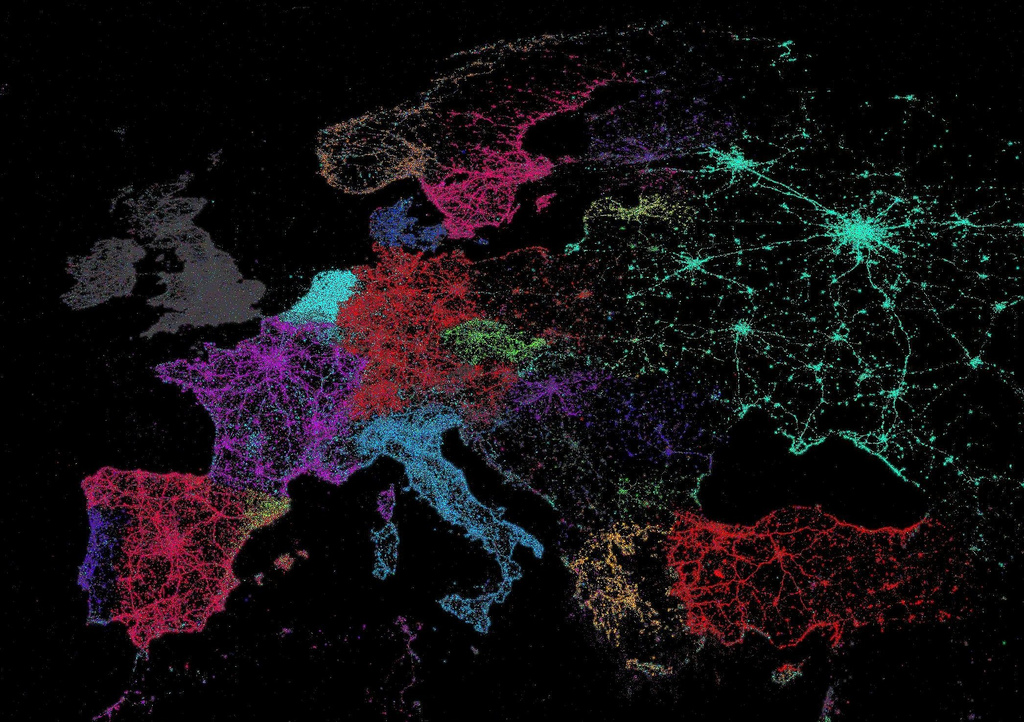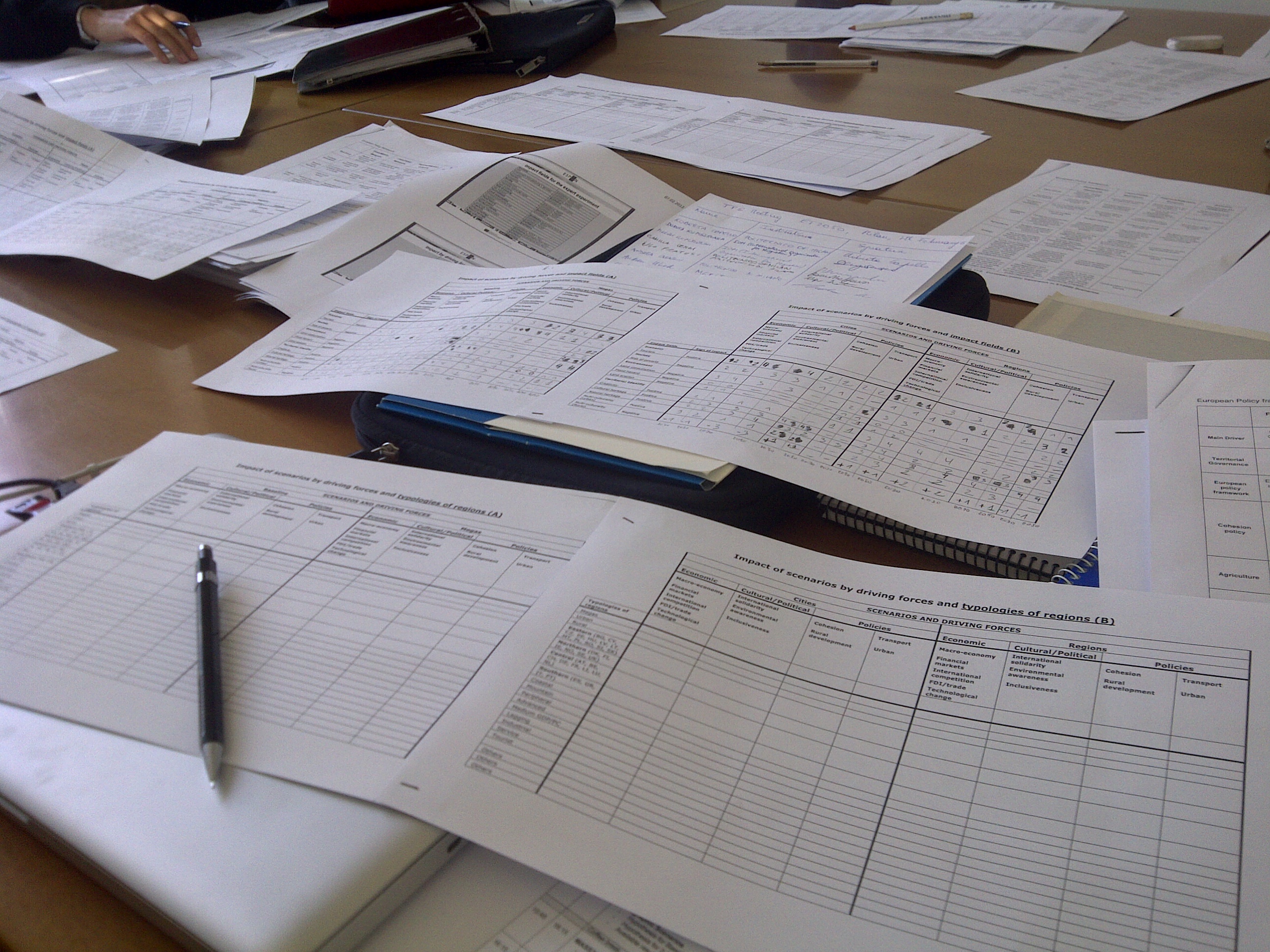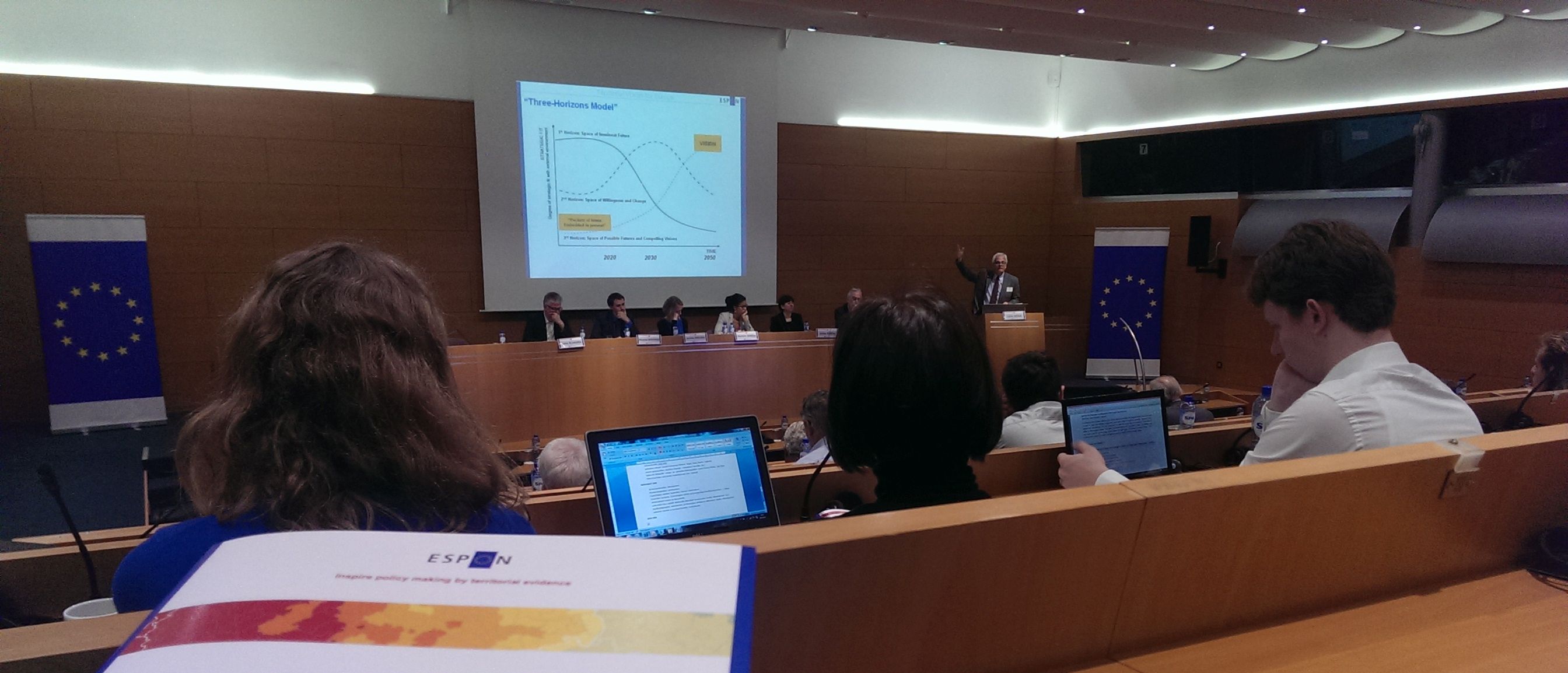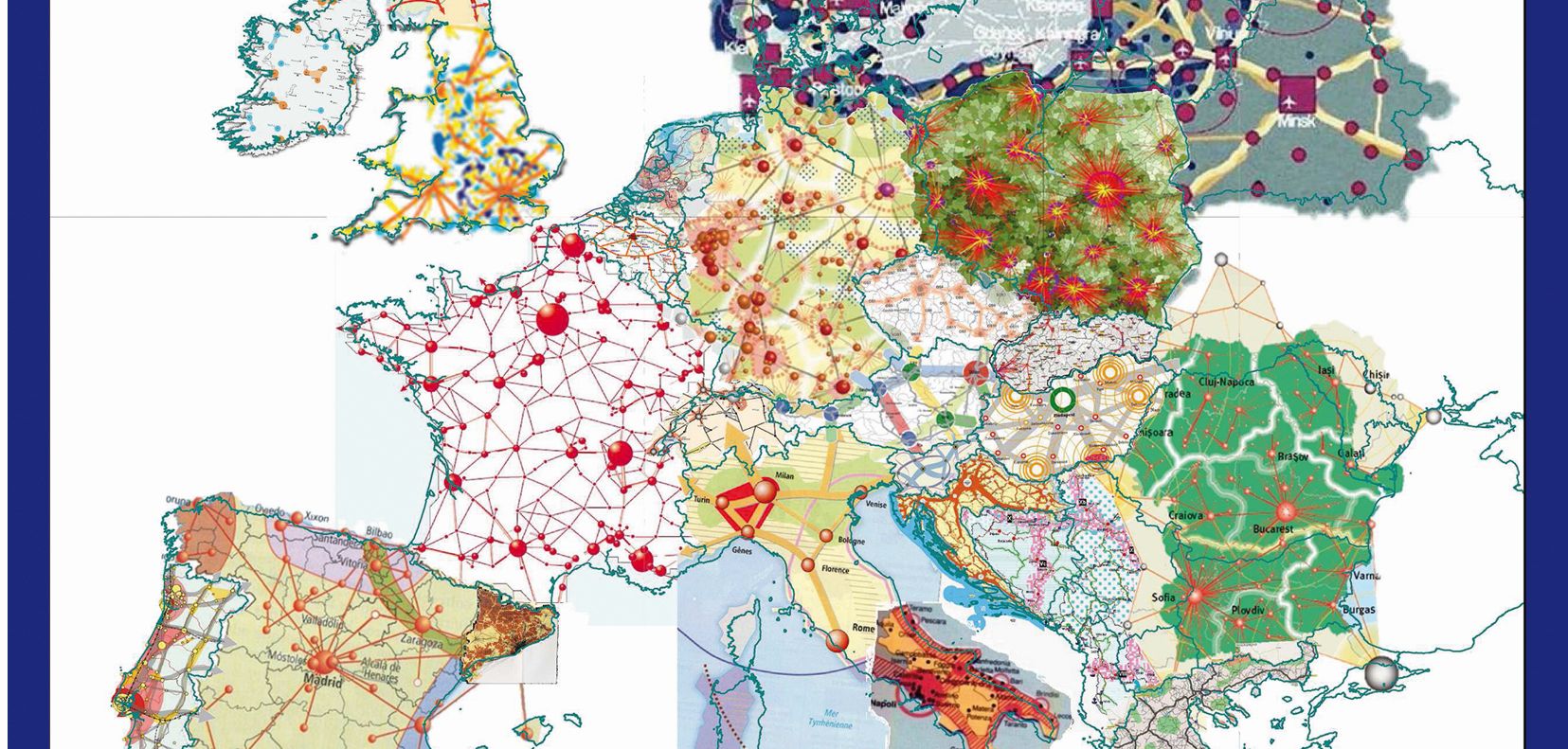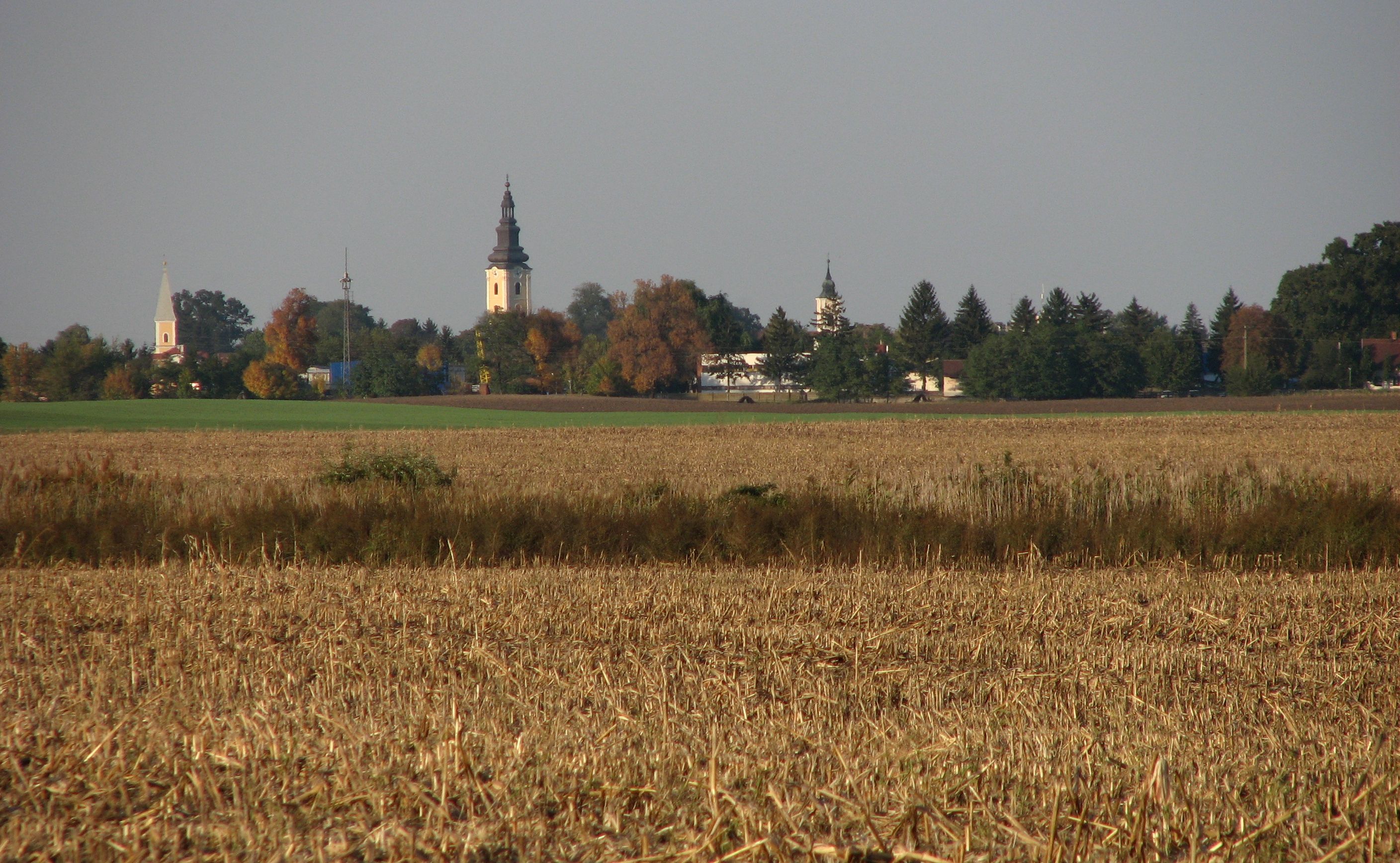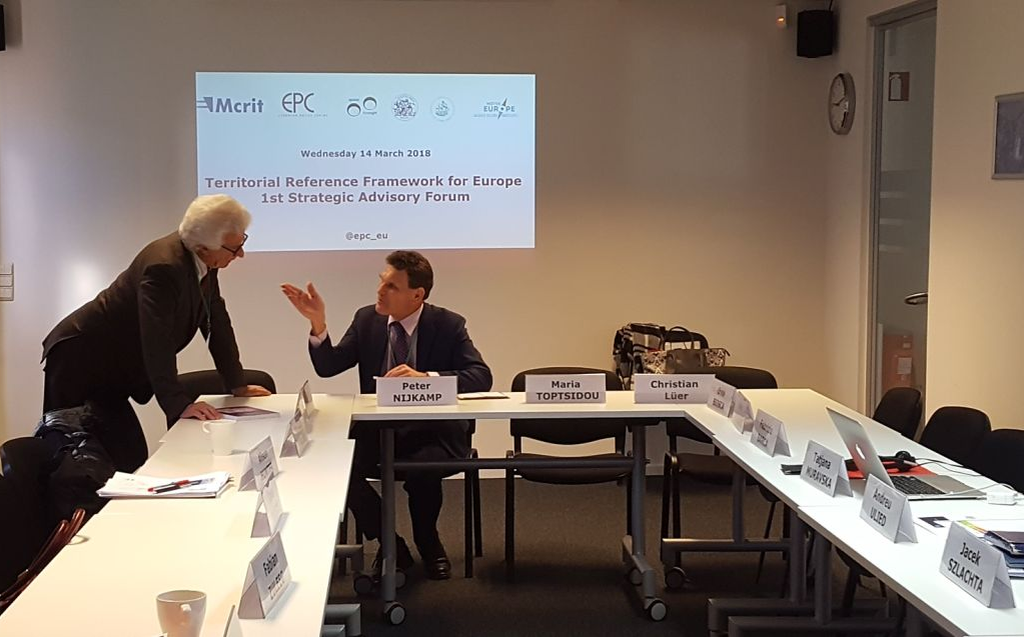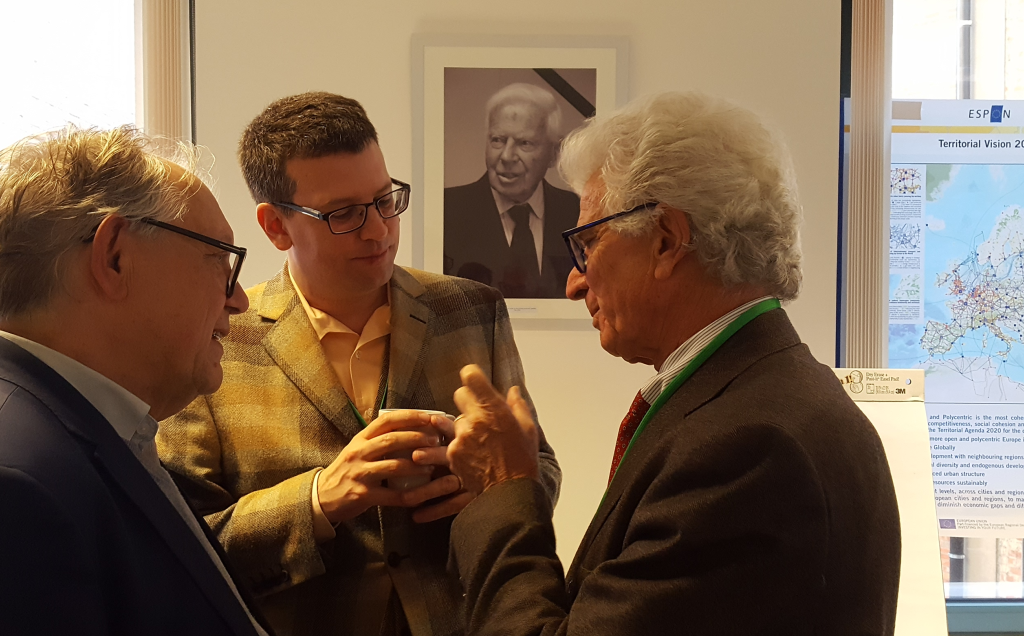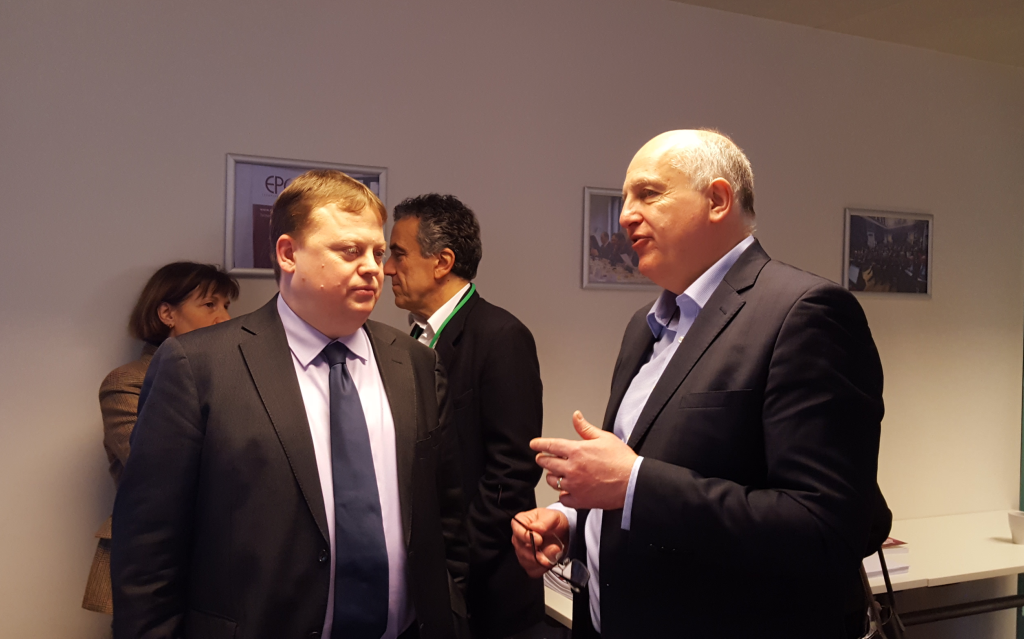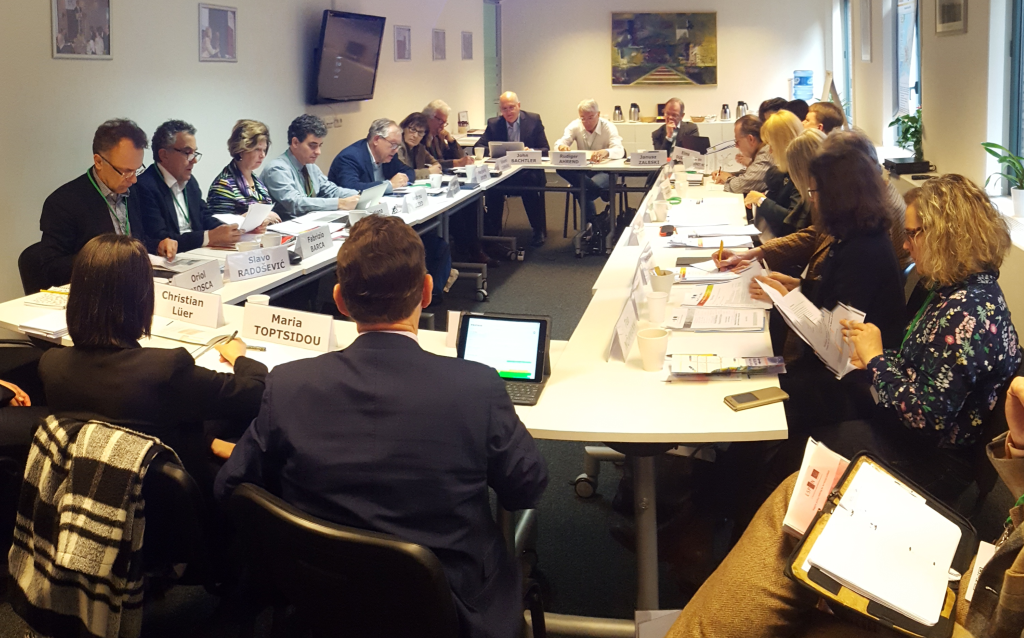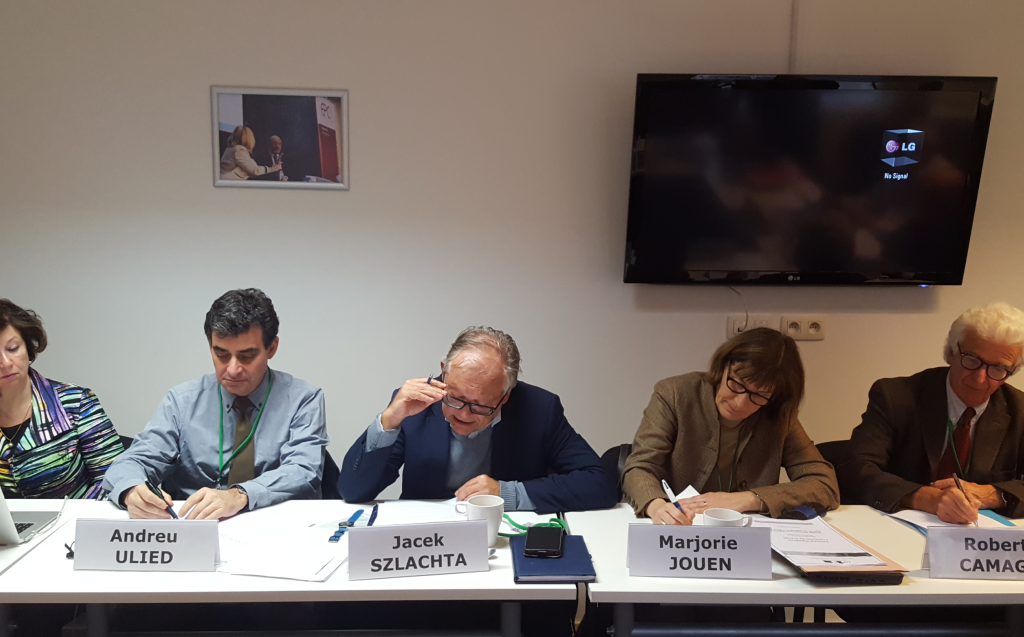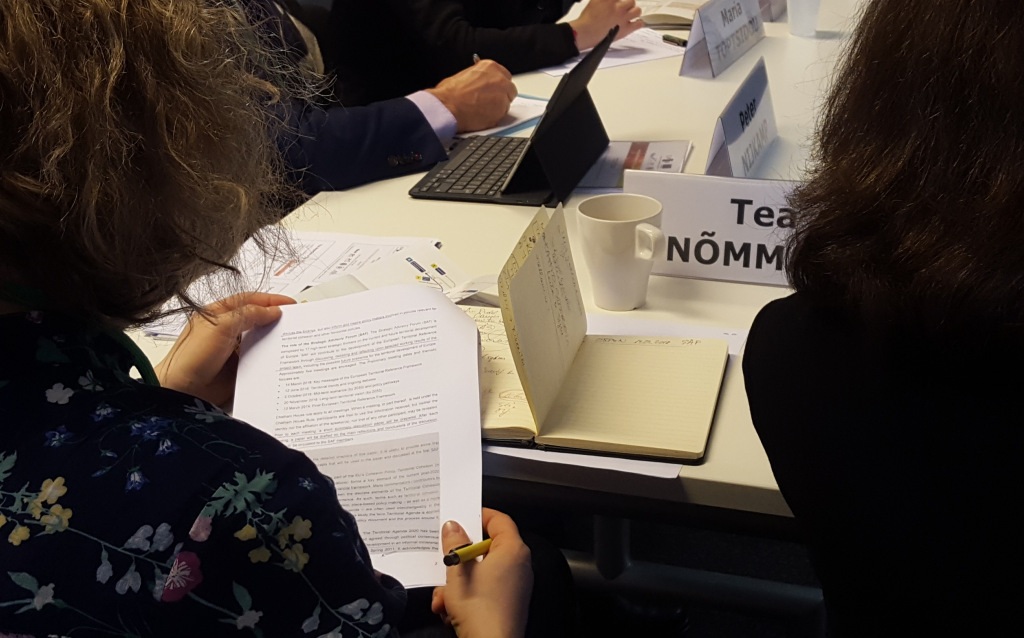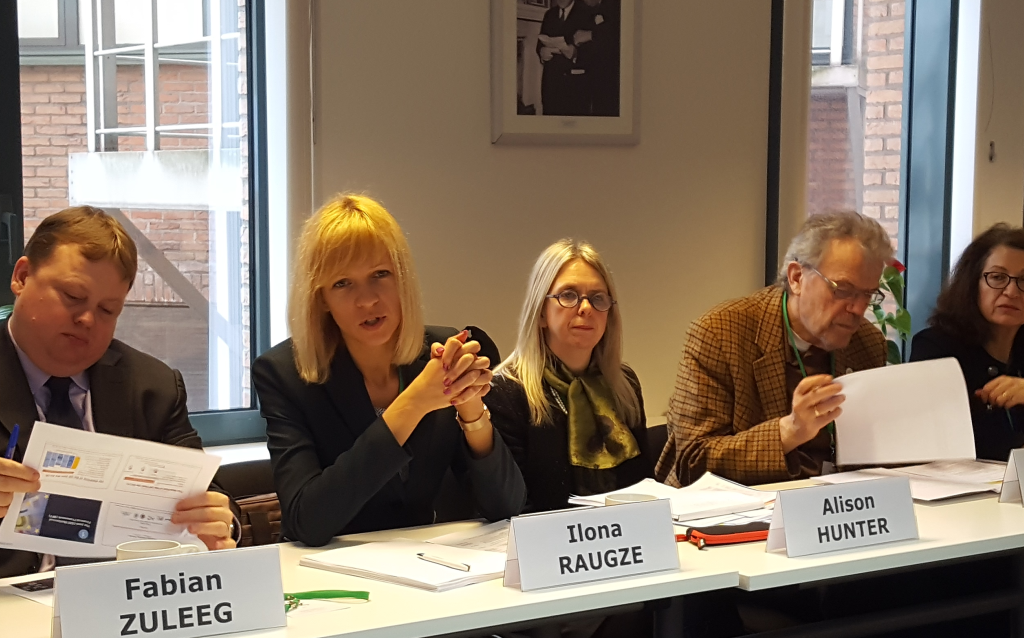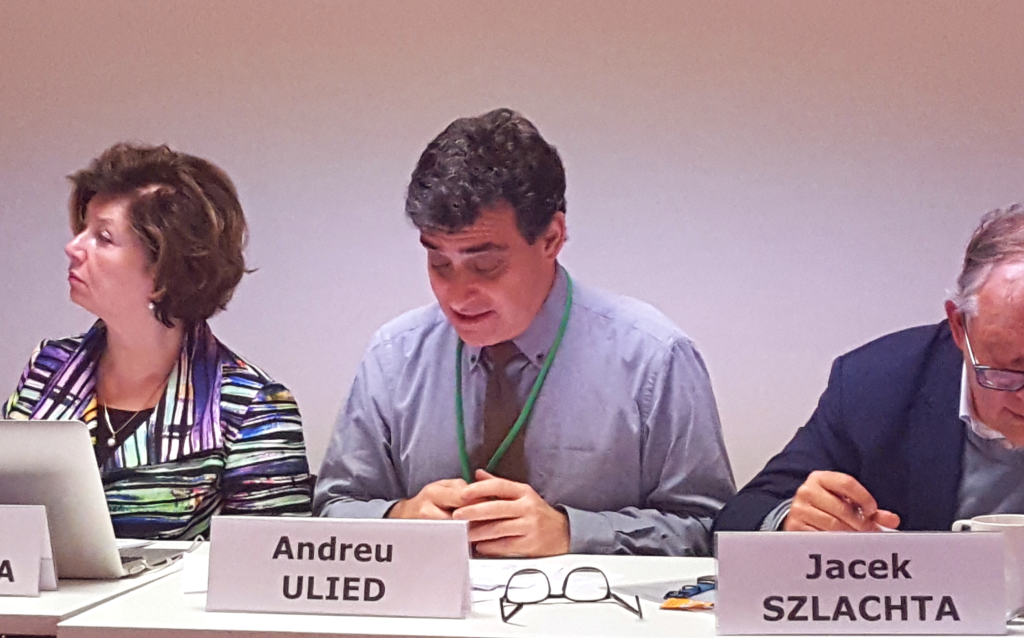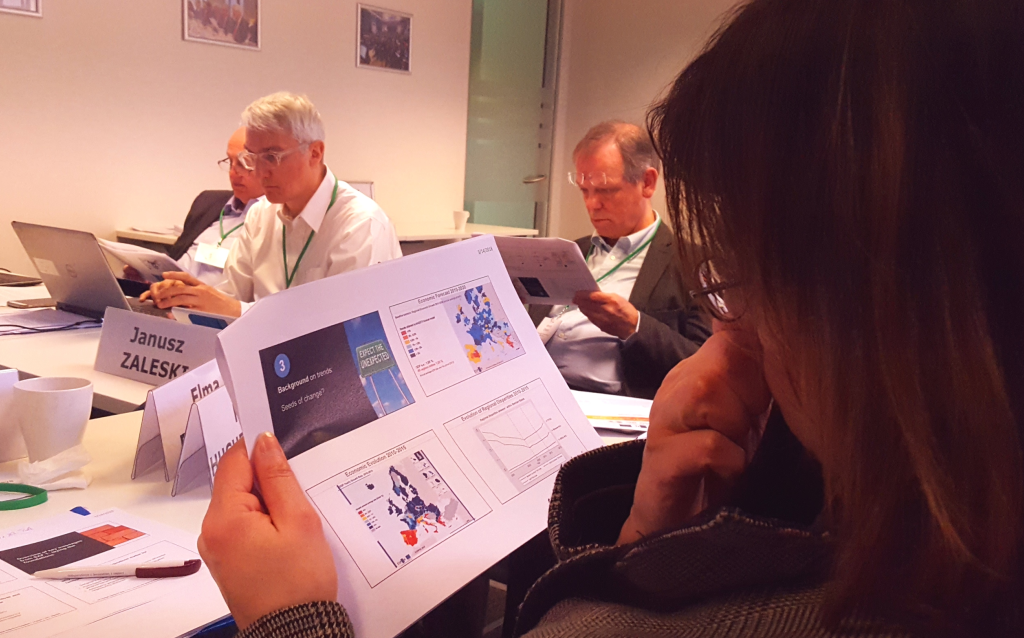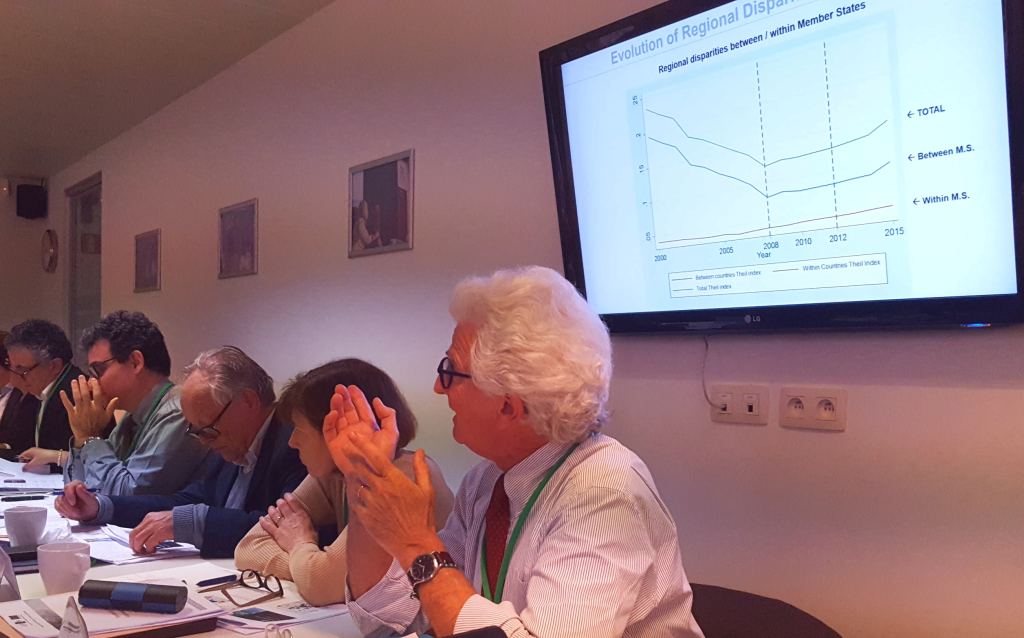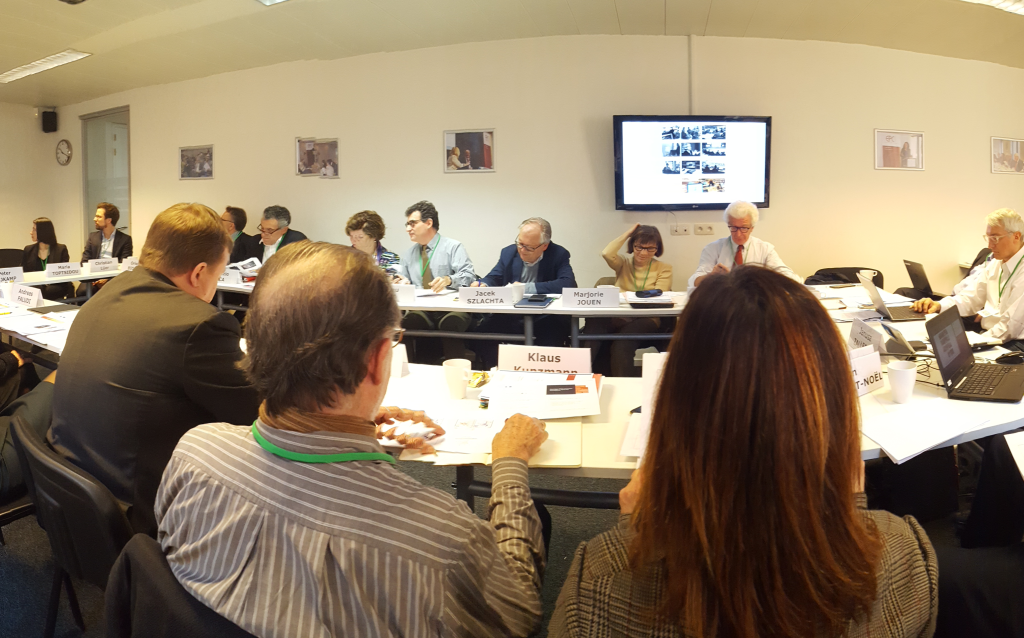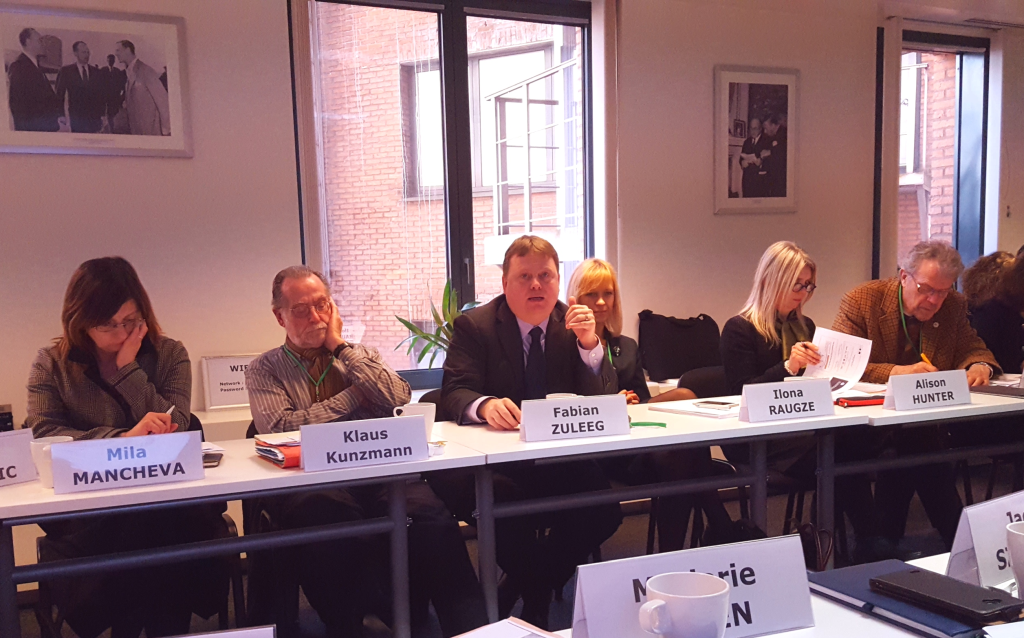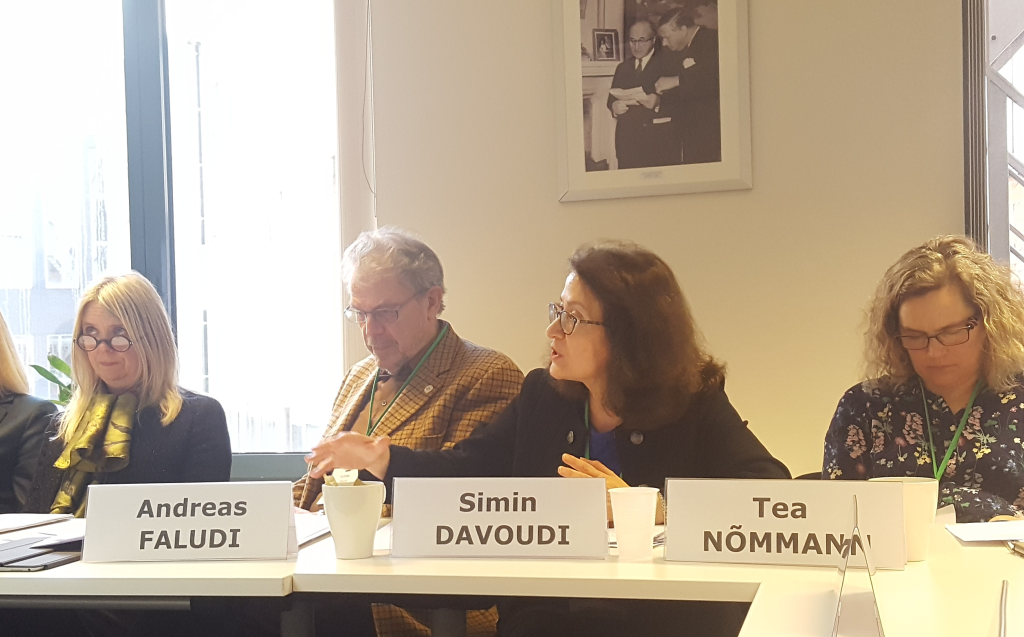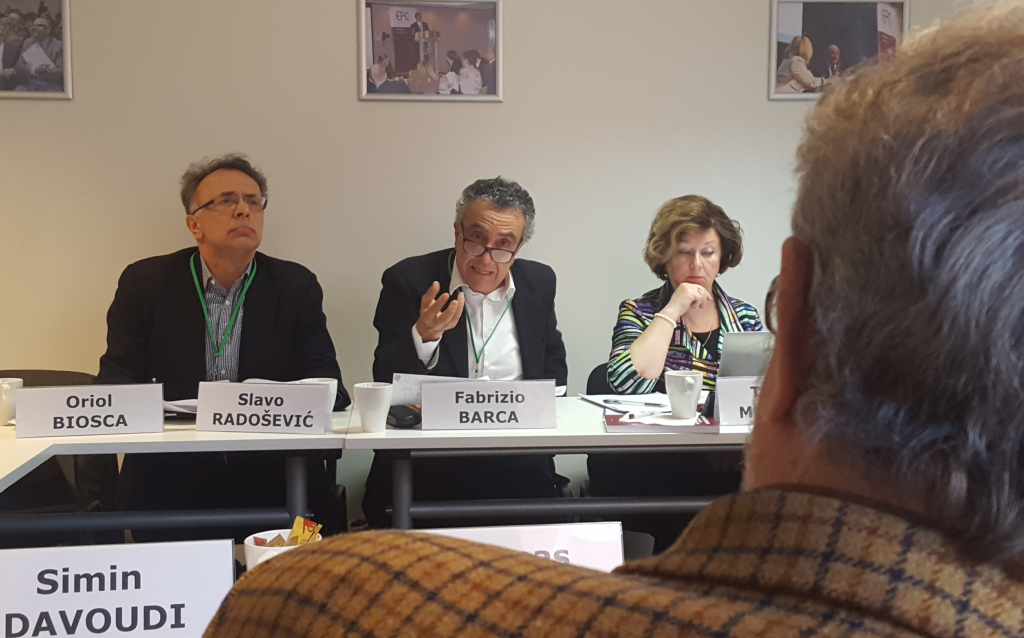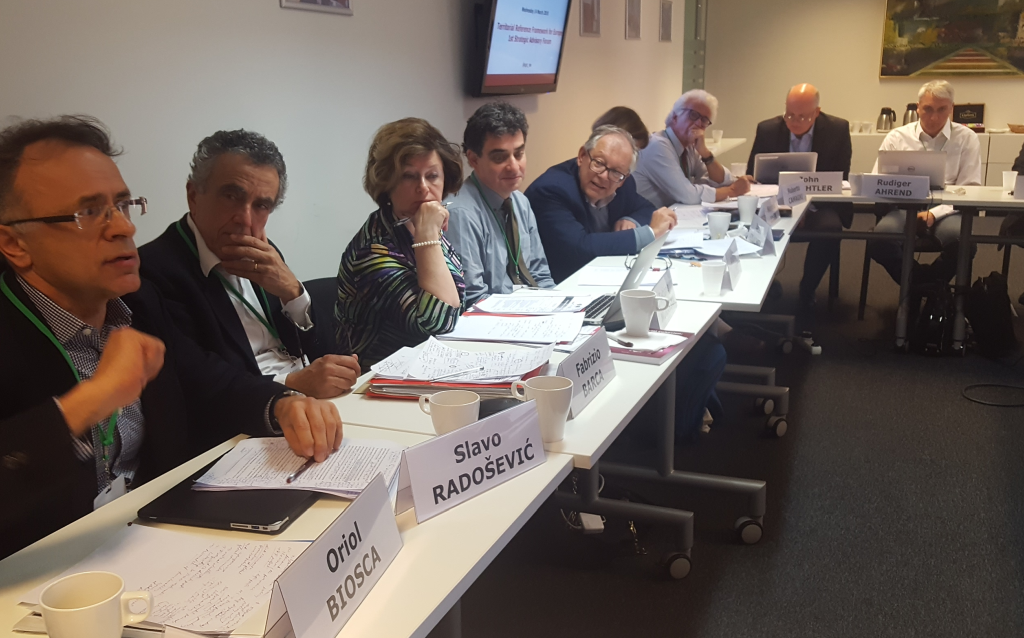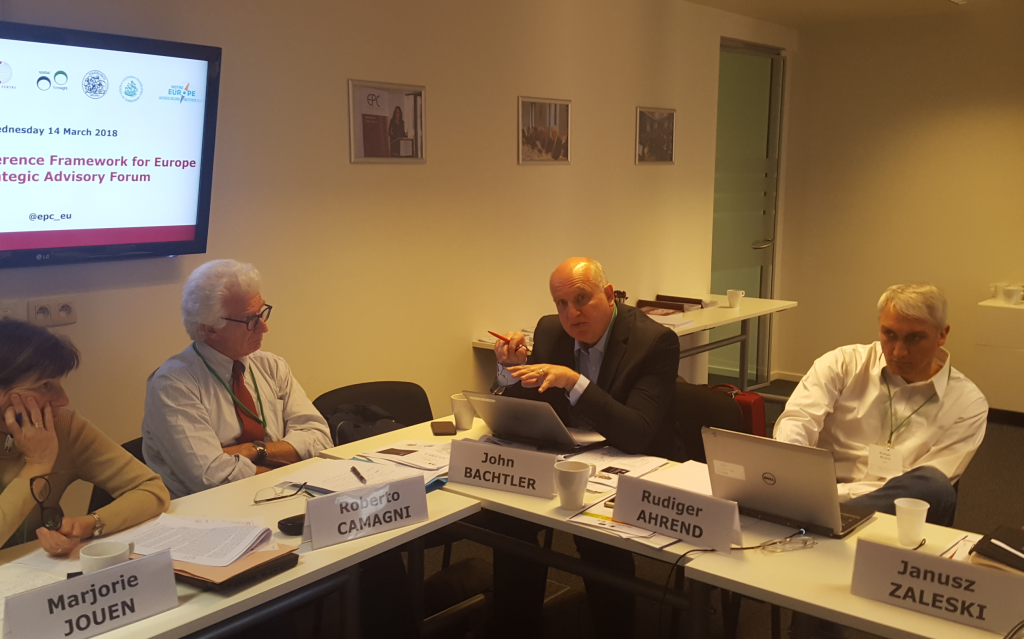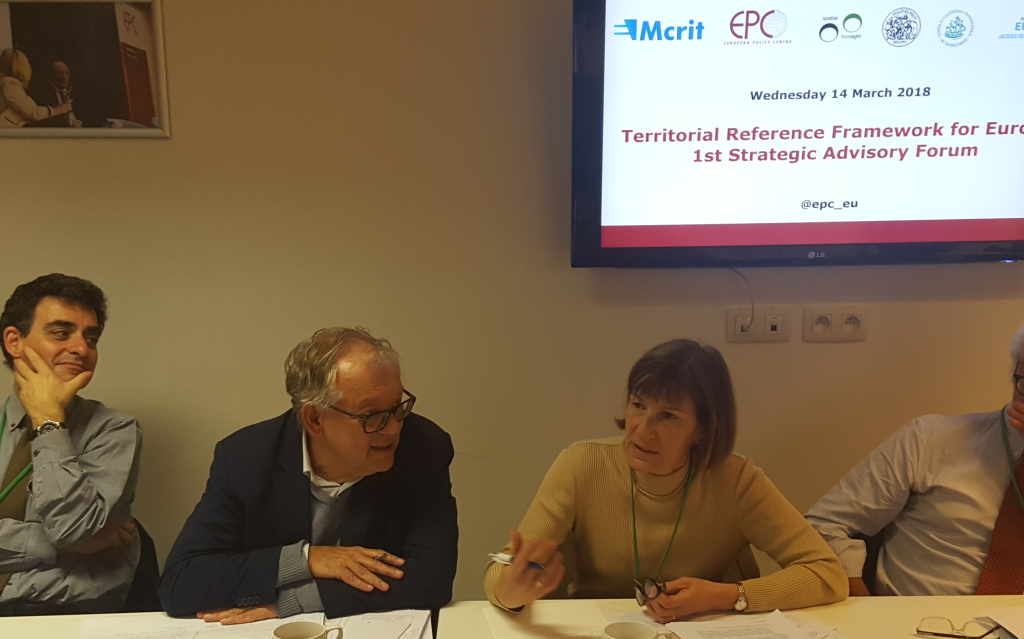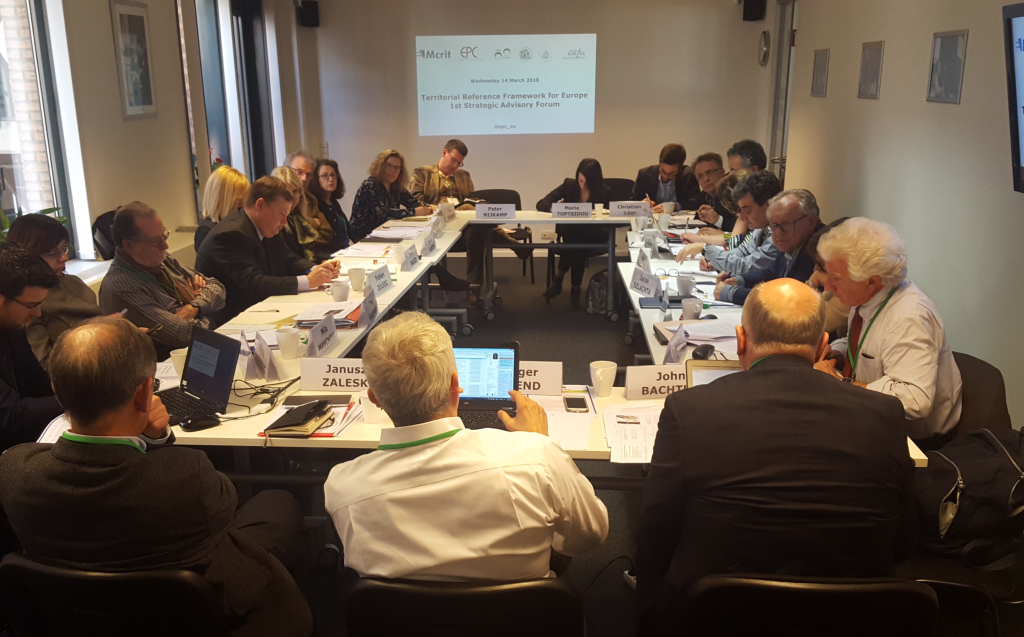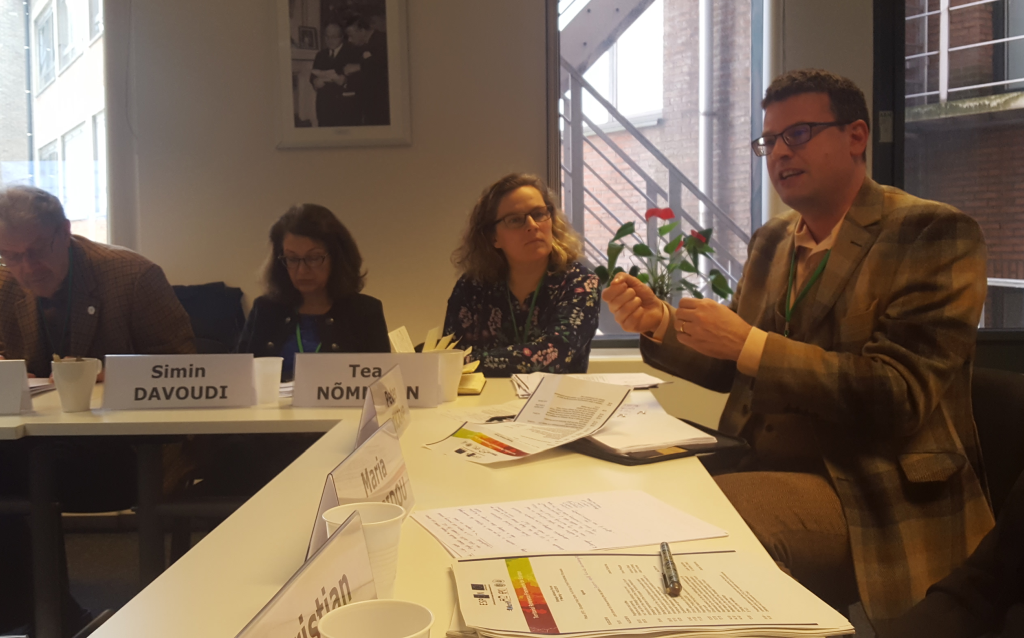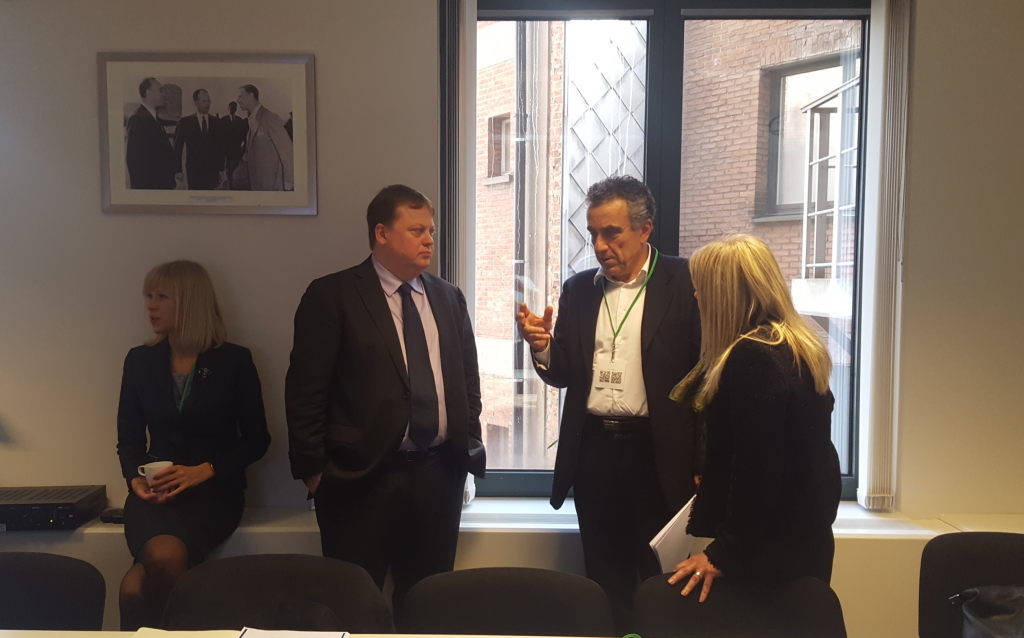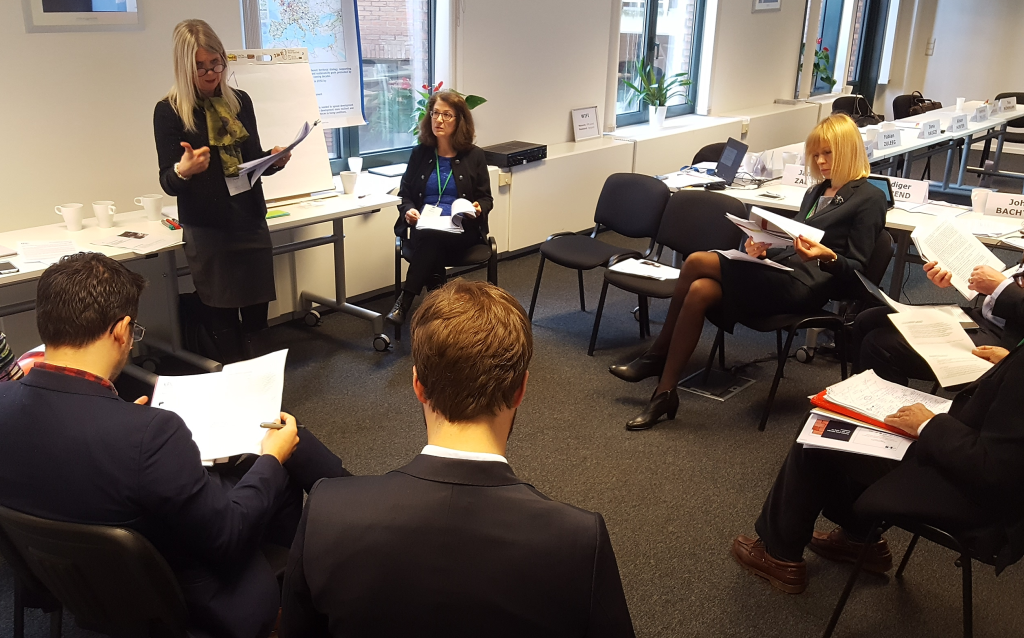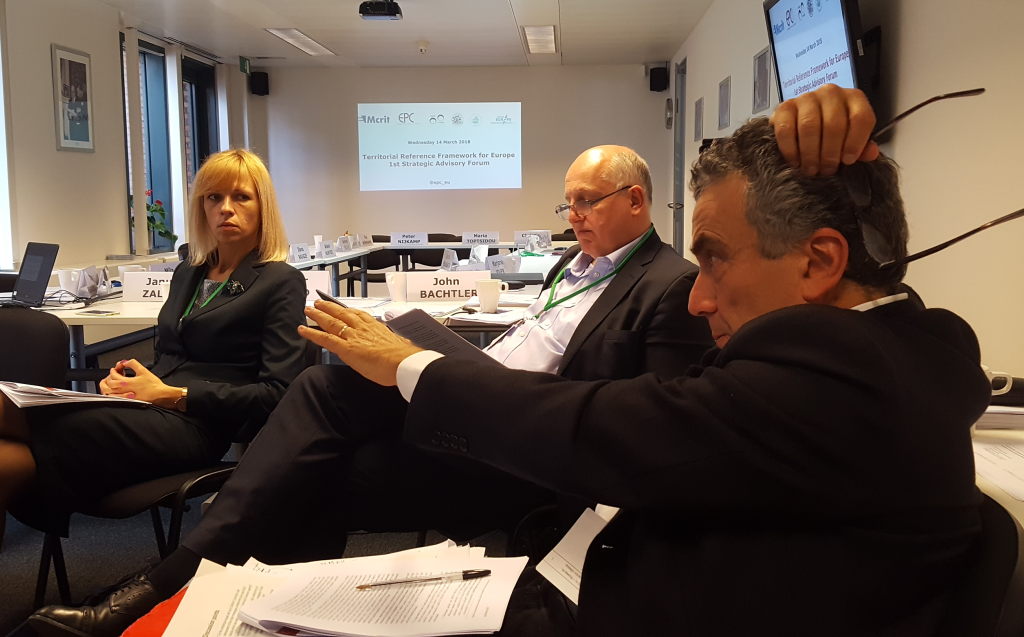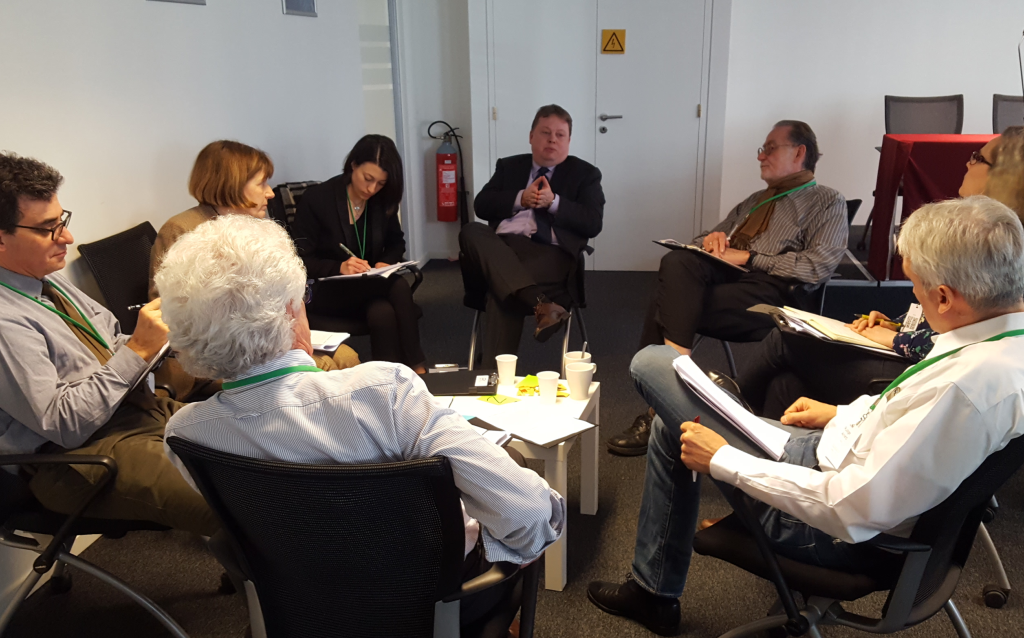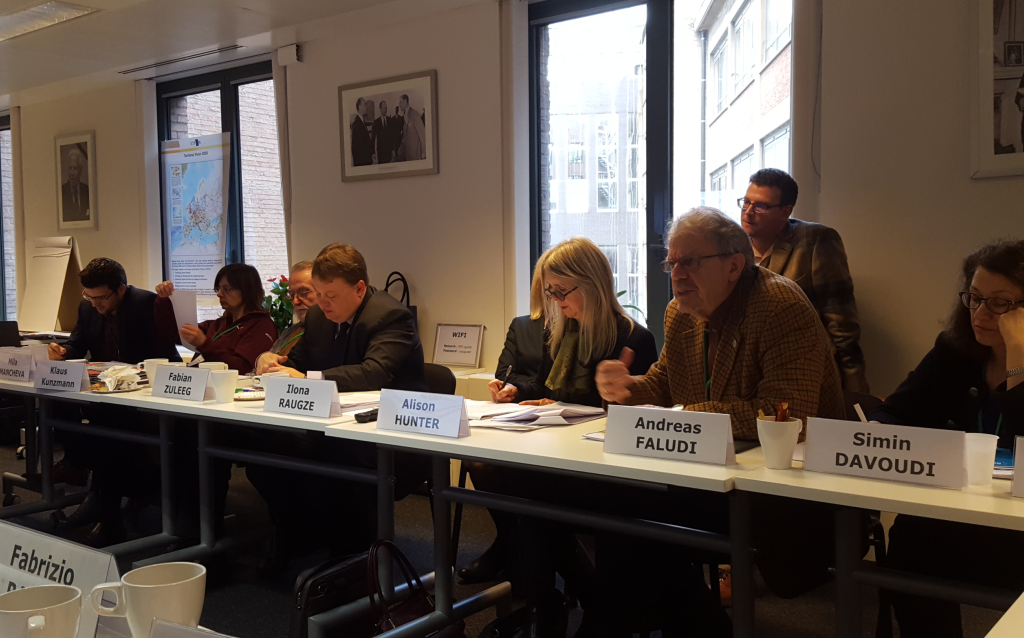1st Strategic Advisory Forum
Brussels – 14th March 2018
The aim of the first Strategic Advisory Forum meeting is to discuss possible forms and nature of the TA2020+. In particular, it will be discussed contextual issues, key messages underpinning the post-2020 debate, areas of action for the European Territorial Reference Framework providing added value to the TA2020+ debate, specific areas which merit further investigation.
The Strategic Advisory Forum (SAF) is composed by 17 high-level strategic thinkers on the current and future territorial development of Europe. SAF will contribute to the development of the European Territorial Reference Framework through discussing, debating and reflecting upon selected working results of the project team, including the possible future scenarios for the territorial development of Europe.

Background Material
Discussion Paper No.1 Key Policy Messages (12/04/18) [496kB]
PPT A. Ulied “Towards a Territorial Reference Framework” [4,6MB]
PPT F. Zuleeg “Introduction to the political and economic policy debate” [524 kB]
PPT R. Camagni “Quantitative evidence of post-crisis structural macroeconomic changes” [800kB]
Conclusions of the Forum
At its first meeting, the Strategic Advisory Forum discussed the wider context of the European Territorial Reference Framework and possible links to the next EU Multiannual Financial Framework and EU Cohesion Policy post-2020. There was a general agreement that the European Territorial Reference Framework should contribute to strengthening the spatial dimension of overarching European policies.
The Strategic Advisory Forum followed largely the lines of arguments developed in the input paper preparing the meeting. In the discussion it was made clear, that it is important for the next working steps to differentiate between (a) short term actions to ensure a stronger place-based dimension of EU policies post-2020, and (b) the long-term vision for the European territory possibly also touching upon more fundamental issues such as the role of the market economy and Cohesion Policy in relation to the European Single Market (the ‘invisibility’ of interdependencies of the Single Market was noted as an issue creating challenges for the EU as negative impacts of interdependency are being felt more strongly than positive impacts). Furthermore, the discussion confirmed the three key challenges identified in the paper and stressed the need to further elaborate them in the context of the next working steps of the project (including the work on trends and scenarios).
The discussion of the Strategic Advisory Forum also pointed at a number of additional areas to be considered in the work on the European Territorial Reference Framework.
Additional points for the discussion to be considered for the next steps:
- Placing EU in global context. It is important to avoid a too Europe-centric perspective. What happens outside Europe, e.g. in China and India has a strong impact on future developments in Europe. This does concern relevant domestic policies and investments in these countries as well as policies and investments directly targeted at Europe. Examples are Chinese investments in European production and transport infrastructure as well as the Chinese initiative to the New Silk Route (Belt & Road initiative).
- Investing in regions with potential or in regions with needs? One part of the discussion centred also on the role of EU Cohesion Policy and the spatial dimension of discontent. In short, there is a discussion to be addressed by the European Territorial Reference Framework as to whether EU Cohesion Policy should, following its origins, focus on regions in need (in an extreme case establish permanent compensations for the challenges deriving from the European Single Market), or rather should focus on regions where development potential can be strengthened (in an extreme case abandon places that develop not very well). The answer will certainly be somewhere in the middle and also depend largely on geographical scale. It was also noted that EU policies tend to favour an agglomeration logic and that this assumed pattern of policy making could be better challenged, supported by territorial analysis, than has been – thus far – the case. Still the question should be addressed in the future working steps of the European Territorial Reference Framework, alongside discussions about soft versus hard policies. In addition territorially ‘blind’ policies at the EU level is an area which should be further challenged through a more territorially-oriented logic (including how Structural Reforms are implemented).
- Multifaceted territorial inequalities. Disparities between places and regions are manifold and in many regards disparities are increasing, partly because public policies helped the strong places more than those lagging behind. For the work on the European Territorial Reference Framework it is important to focus not only on disparities and fragmentation as challenges but also on the drivers behind them because disparities and fragmentation are the outcome of a set of underlying processes. That is, there is a need to understand the root causes of territorial challenges. The focus may not only be on economic factors (GDP etc.) but needs also to consider social aspects (people, their concerns), environmental and climate aspects, institutional legacy, and natural and human resources, which are all attached to the place – i.e. ‘what works where’. Analysing spatial disparities and possible policy pathways concerns the need for demand-driven and supply-driven rationales. More focused analysis in this area could also support the generation of a stronger narrative for why territory matters (e.g. the explanatory variable, efficiency, equity or environmental rationale).
- Focus of future EU Cohesion Policy. More concrete discussions about EU Cohesion Policy post-2020 stressed the need for more place-relevant thematic objectives, interregional integration. Some of the ideas addressed concern the need to have thematic objectives which are closely linked to place-based potentials and needs. Policies need to consider the ‘granularity’ of the analysis and the (corresponding) best ‘unit’ to address the underlying issue (local / regional, national or EU level), which implies a much higher focus on the selection of place-relevant objectives for every Operational Programme. Furthermore, the institutional capacity of programme areas needs to play a stronger role in the choice of development objectives. Regional policies need to be tailored to institutional capacities. ‘One size fits all’ does not work with different institutional capacities.
- Links and flows as levers in future Cohesion Policy. Another discussion point concerned the interregional integration building links between places across Europe and focusing on flows as levers for development and cohesion. Linking e.g. stronger with weaker regions (beyond Interreg) also in the fields of economic players and smart specialisation, although it was recognised that incentives for this type of collaboration are often difficult to achieve when involving stronger EU regions. Other examples are cross-border regions. Especially here it becomes visible that reinforcing links between places can lead to win-win situations, both for the European Single Market and territorial cohesion. The ‘inter-connected Europe’ concept was noted as an area worth further exploration within the study.
It was reminded the need to consider how messaging from the study should be readily aligned to the current post-2020 debate related to the multiannual financial framework. Given limited receptiveness so far of key policy decision makers regarding the territorial dimension to EU policy making, there is a need to consider a different narrative and enhancing efforts to inject key messaging from the study into the current post-2020 debate. There is not usually high demand in EU policy making for longer-term perspectives (up to 2050).
Building on the points discussed during the first Advisory Forum, the project team will continue its work on the European Territorial Reference Framework. The next concrete steps concern the analysis of spatial development trends and scenarios, preparing towards the second SAF meeting in June 2018.


